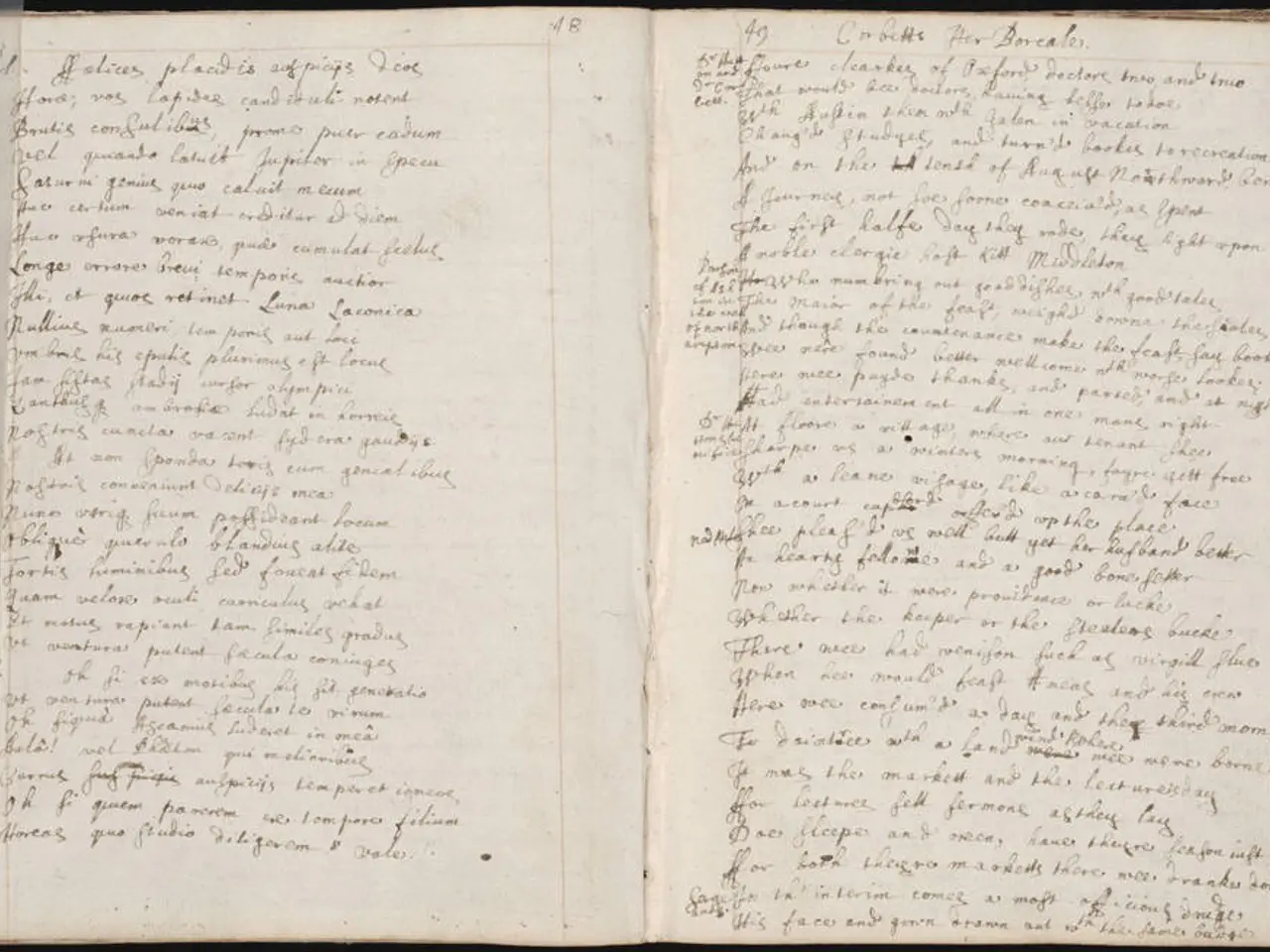Proper Citation Techniques: Overview of Various Citation Styles and References for Essential Accuracy in Academic Writing
In the world of academic writing, proper citation is essential to ensure clarity, give credit to original authors, and allow readers to verify sources. Three common citation styles - APA, Harvard, and Chicago Manual of Style (CMS) - each have their unique approaches to quotations and citations.
Quotations and citations serve different purposes in academic writing. Quotations are the exact words taken from a source and incorporated into your text, usually enclosed in quotation marks for short quotes or formatted as block quotes for longer ones. Citations, on the other hand, are formal references that identify the source of the information, whether quoted, paraphrased, or summarized.
In the APA style, quotations require the author's name, publication year, and page number for direct quotations. For example, (Smith, 2021, p. 12) indicates a quotation from Smith's work on page 12 of the same year. APA prefers paraphrasing but allows quotes when exact wording is necessary.
The Harvard style is similar to APA but may vary slightly depending on the institution. In Harvard, you cite the author's name and year of publication, with a page number for precise citations. For instance, (Smith 2021, p. 12) indicates a citation from Smith's work on page 12 of the same year.
The Chicago Manual of Style offers two different citation styles: notes and bibliography system and author-date style. The key difference between quotations and citations remains the same, but the citation formats vary. In the notes and bibliography system, citations appear as footnotes or endnotes, while the author-date style uses parenthetical citations in the text.
Regardless of the style chosen, it's crucial to maintain proper citation formats and adhere to the rules specified in each style guide. This distinction and citation practice ensure clarity, give proper credit to original authors, and allow readers to verify sources themselves.
In conclusion, understanding the differences between quotations and citations, and mastering the art of proper citation, is essential for academic success. By following the guidelines of APA, Harvard, or Chicago Manual of Style, writers can ensure their work is well-documented and easy to navigate for readers.
Education and self-development can be enhanced through the acquisition of knowledge and personal growth, which can be facilitated by engaging in learning and adhering to proper citation practices. By mastering the art of citation, whether it be in APA, Harvard, or Chicago Manual of Style, one can ensure their work is well-documented, allowing ease of sourcing verification, aiding in academic success.




